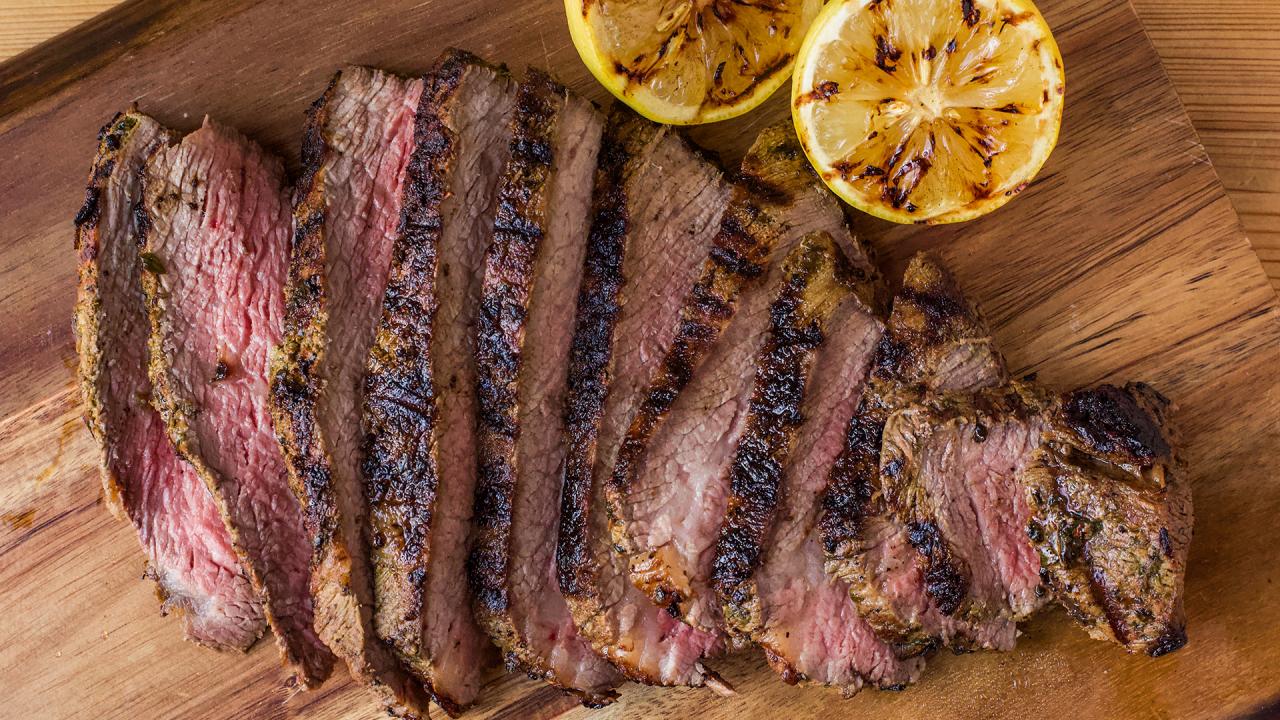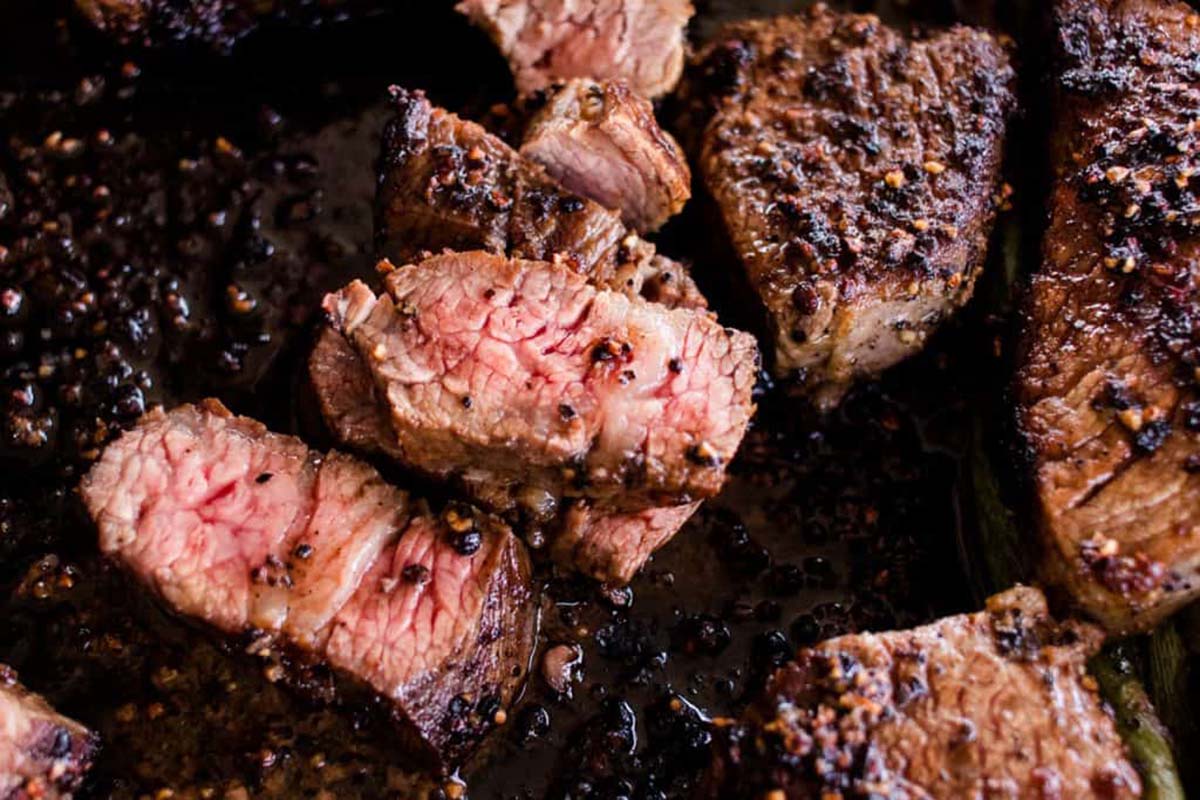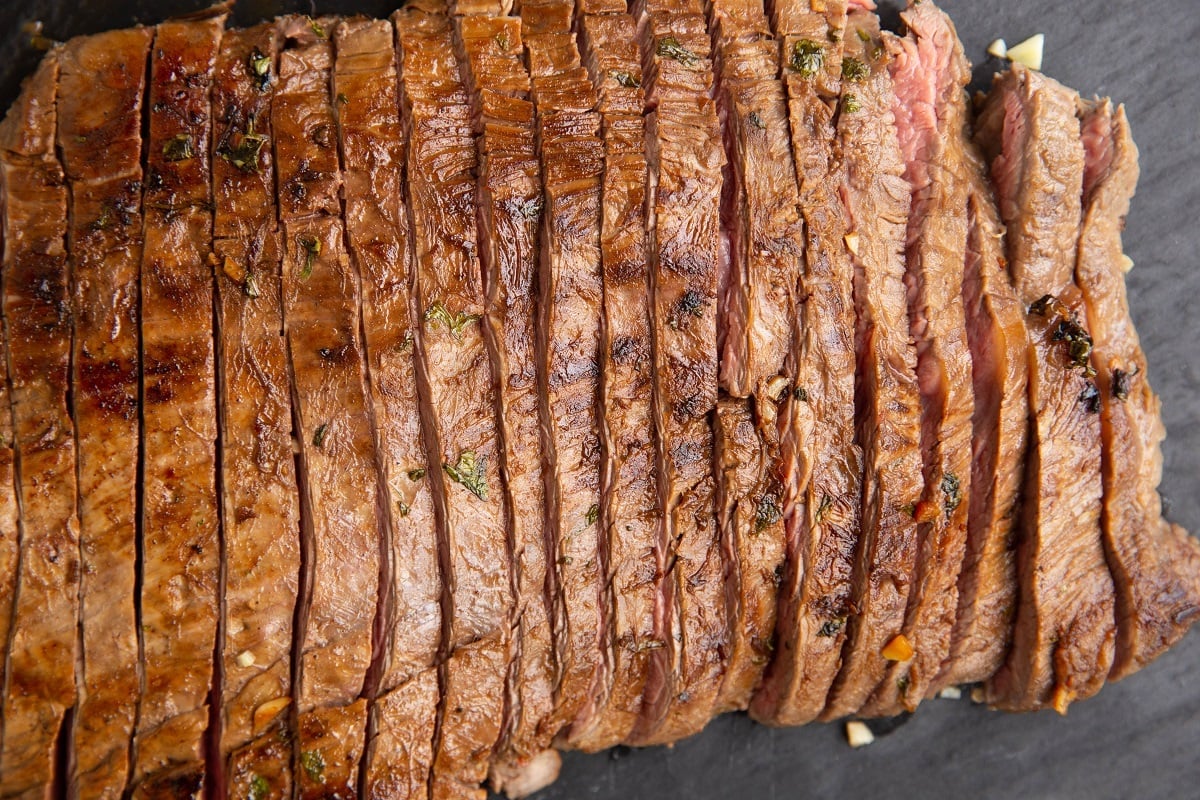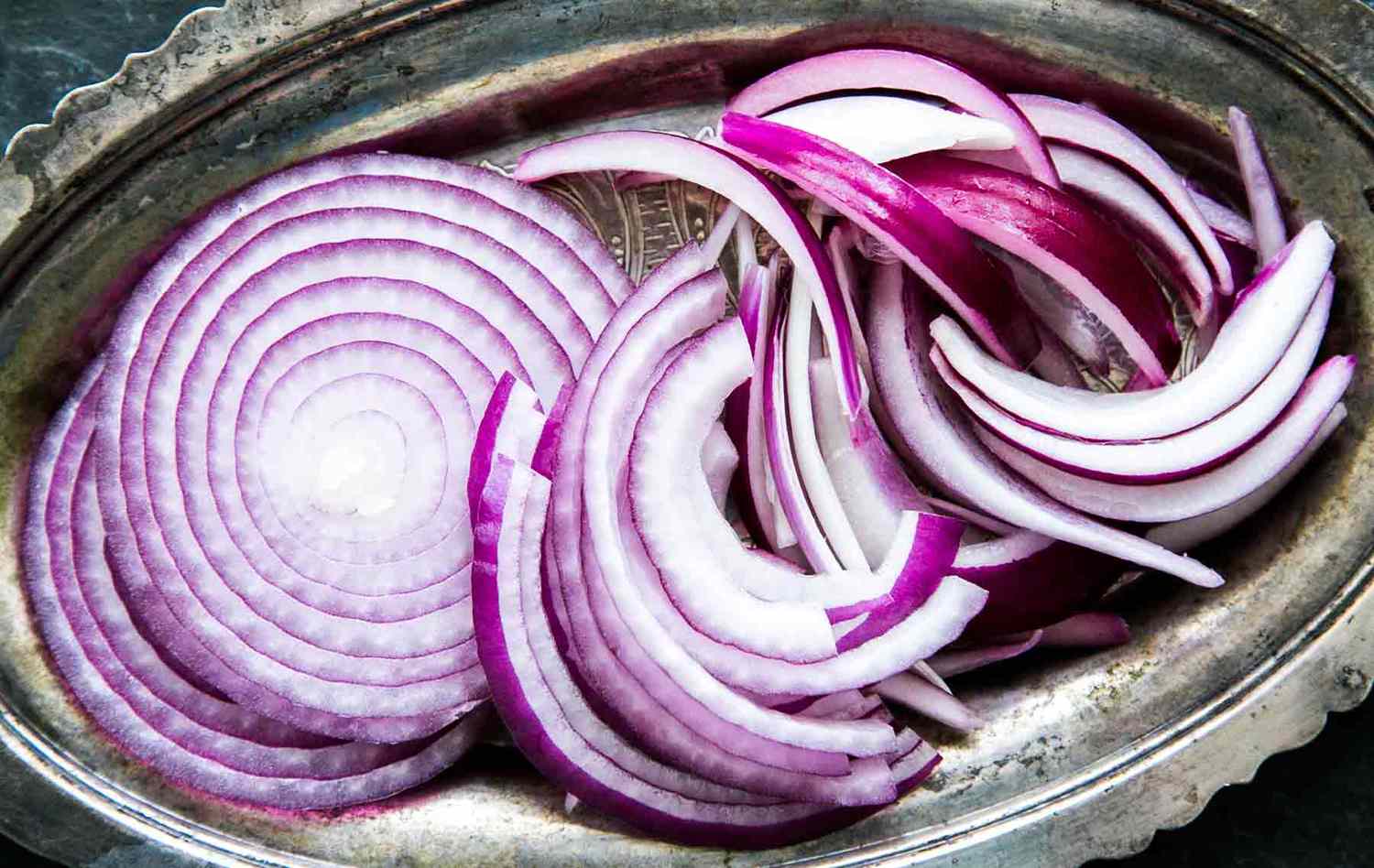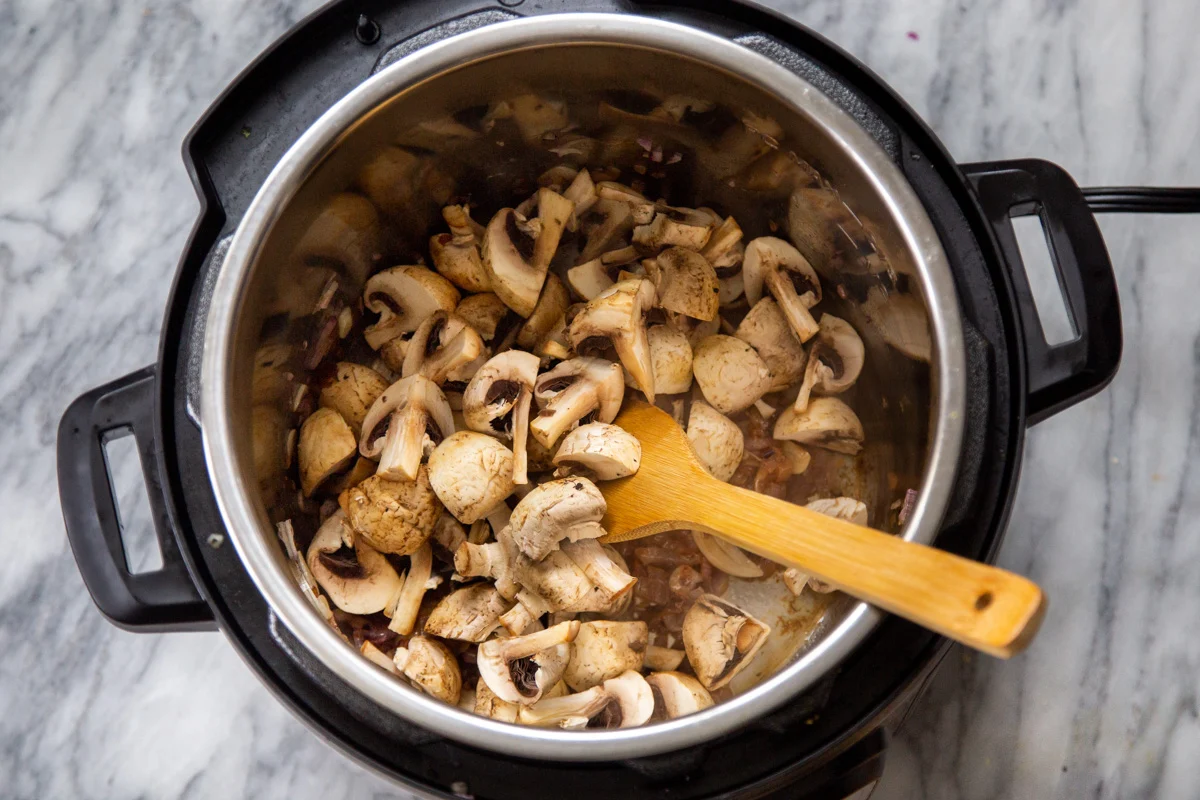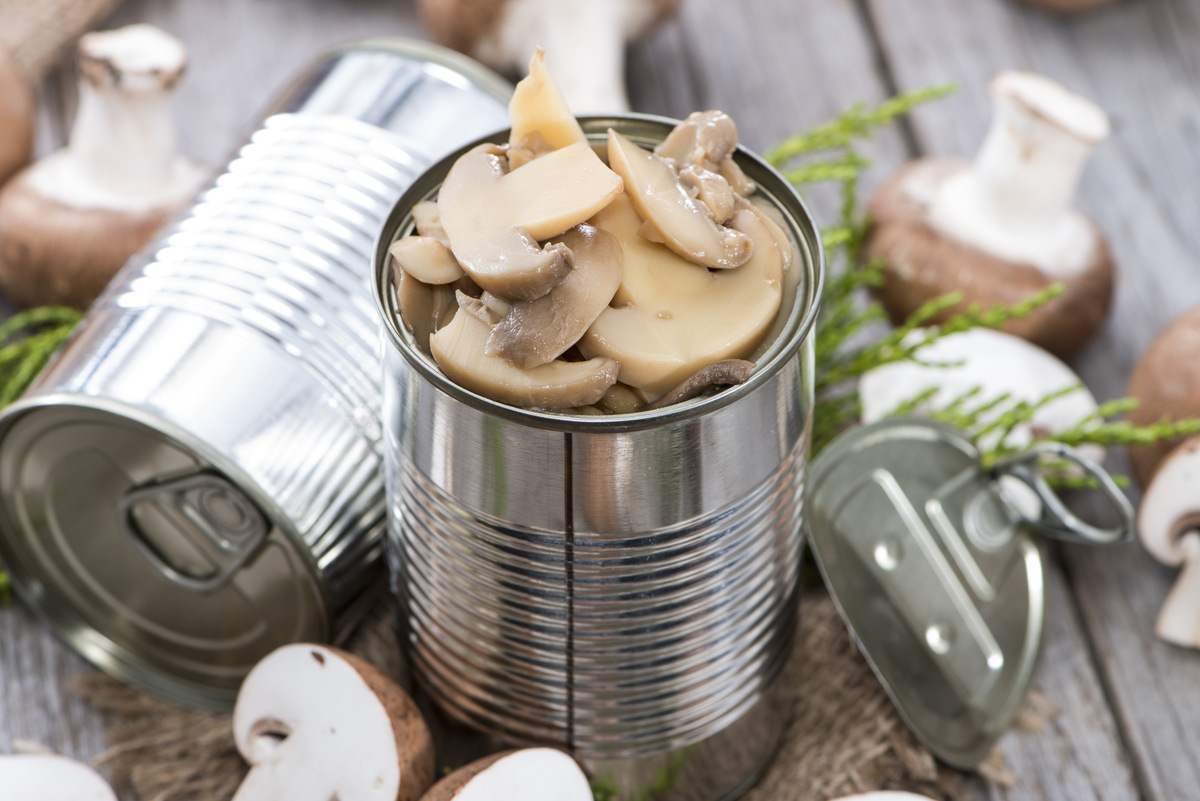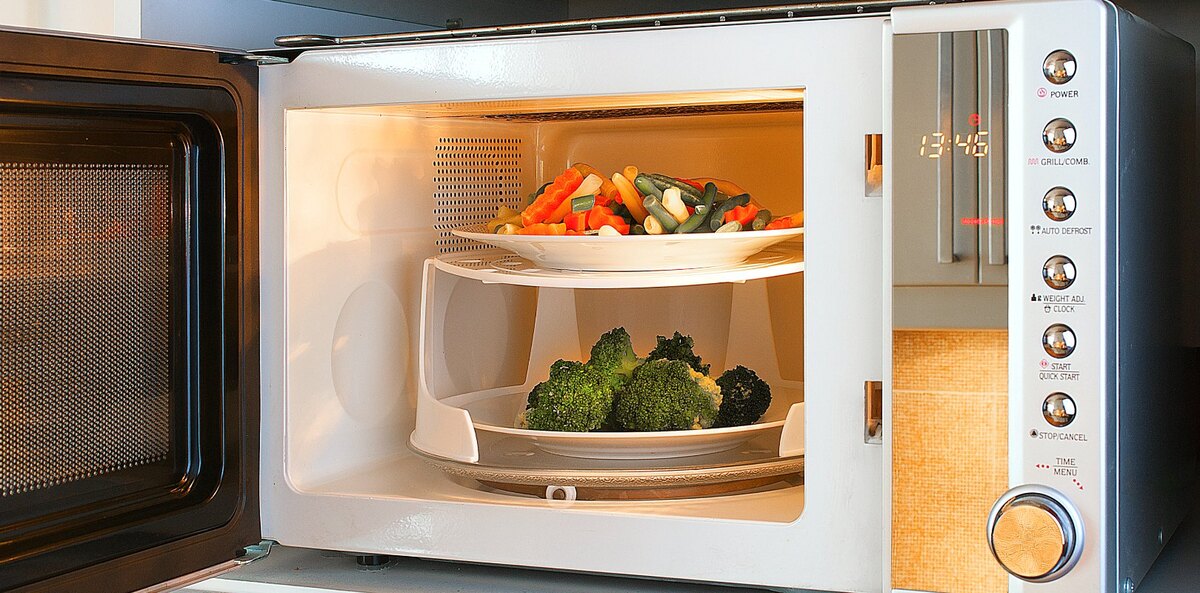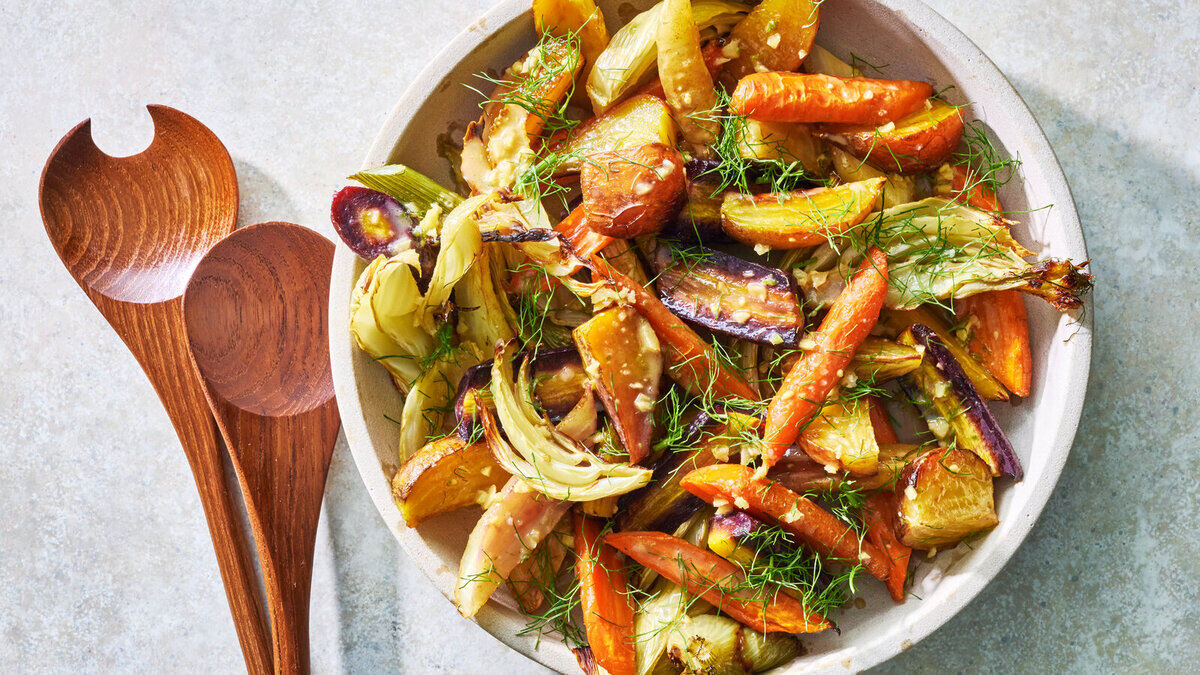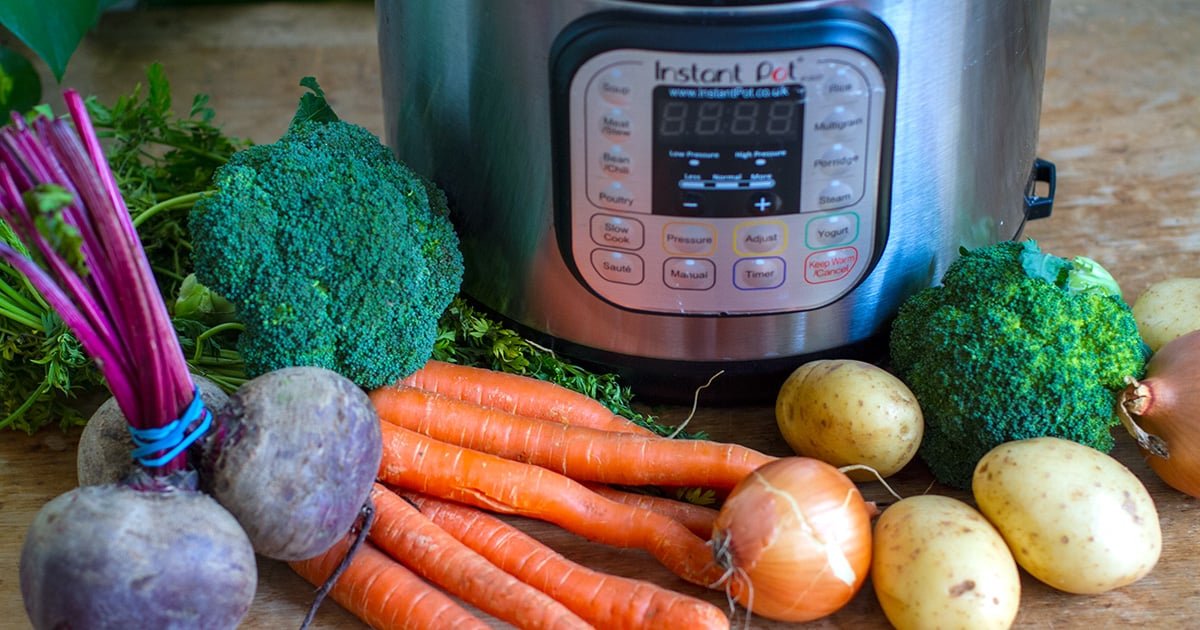Mastering the Art of Broiling Tri Tip Steak
Broiling is a fantastic way to cook tri tip steak that results in a flavorful and juicy dish. This method involves cooking the steak under high, direct heat, which creates a delicious crust on the outside while keeping the inside tender and succulent. If you’re looking to impress your family and friends with a delectable meal, follow these simple steps to broil tri tip steak to perfection.
Choosing the Right Cut
Before you start cooking, it’s essential to select a high-quality tri tip steak. Look for a well-marbled cut with a rich red color, as this indicates a good amount of fat running through the meat, which adds flavor and juiciness. Additionally, opt for a steak that is at least 1 inch thick to ensure it cooks evenly under the broiler.
Preparing the Steak
Before broiling, take the steak out of the refrigerator and let it sit at room temperature for about 30 minutes. This allows the meat to cook more evenly. While the steak is resting, season it generously with salt, pepper, and any other desired spices or herbs. You can use a simple mix of salt, pepper, and garlic powder, or get creative with your favorite seasoning blend.
Preheating the Broiler
Position the oven rack 4-6 inches below the broiler element and preheat the broiler on high. It’s important to give the broiler enough time to reach the proper temperature, so let it heat up for at least 10 minutes before you start cooking the steak.
Broiling the Steak
Place the seasoned tri tip steak on a broiler pan or a wire rack set inside a baking sheet. This setup allows the heat to circulate around the steak, ensuring even cooking and a nicely seared exterior. Slide the pan under the broiler and cook the steak for 4-5 minutes on each side for medium-rare, or adjust the cooking time to your desired level of doneness.
Checking for Doneness
To determine if the steak is cooked to your liking, use a meat thermometer to check the internal temperature. For medium-rare, aim for 130-135°F (54-57°C), while medium calls for 140-145°F (60-63°C). Remember that the steak’s temperature will rise a few degrees as it rests, so it’s best to remove it from the broiler when it’s a few degrees below your target temperature.
Letting the Steak Rest
Once the tri tip steak reaches the desired doneness, transfer it to a cutting board and tent it loosely with foil. Let the steak rest for 5-10 minutes to allow the juices to redistribute throughout the meat. This resting period is crucial for a juicy and tender steak, so resist the temptation to cut into it right away.
Slicing and Serving
After the resting period, it’s time to slice the steak. To maximize tenderness, cut the tri tip against the grain into thin slices. This helps break up the muscle fibers and results in a more tender bite. Arrange the slices on a platter and serve them with your favorite side dishes, such as roasted vegetables, mashed potatoes, or a crisp green salad.
With these simple steps, you can easily master the art of broiling tri tip steak to perfection. Whether you’re hosting a dinner party or simply craving a delicious homemade meal, this cooking method is sure to impress your taste buds and leave you wanting more.
So, the next time you’re in the mood for a mouthwatering steak dinner, consider broiling a tri tip for a flavorful and satisfying meal that’s easy to prepare and enjoy.
For those looking to master the art of broiling tri tip steak, this comprehensive guide offers a range of delectable recipes to try. Readers can start with the Broiled Garlic and Herb Tri Tip Steak, which infuses the meat with rich, aromatic flavors. For a classic touch, the Classic Broiled Tri Tip with Chimichurri Sauce is a must-try, offering a zesty and fresh complement to the steak. The Broiled Tri Tip Steak with Balsamic Glaze provides a sweet and tangy twist, perfect for those who love a hint of sweetness in their savory dishes. For a bit of heat, the Broiled Cajun-Spiced Tri Tip Steak delivers a spicy punch that’s hard to resist. Each of these recipes not only showcases different flavor profiles but also helps in honing broiling skills, making them great picks for both novice and experienced cooks.
